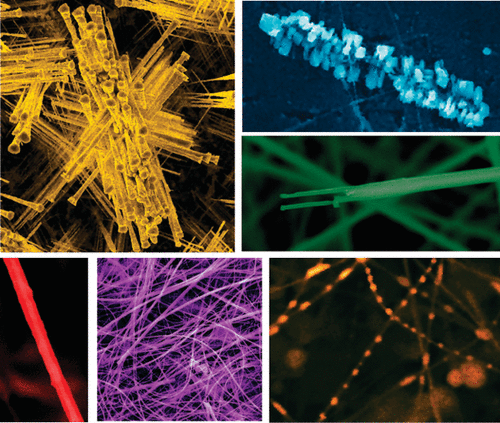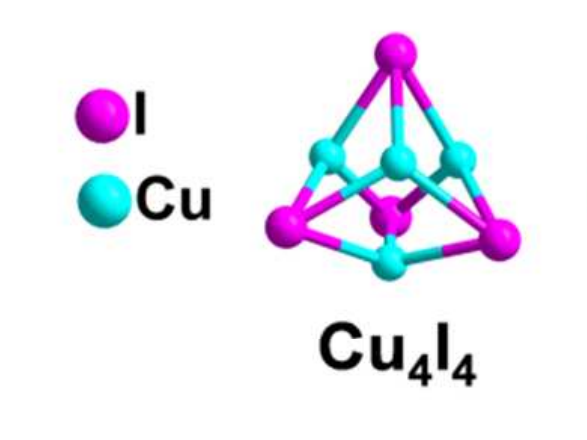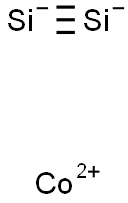What is the crystal structure of CoSi2?
Apr 11,2024
Of all metal silicides, cobalt silicide (CoSi2) displays several advantages such as having a small lattice mismatch on Si substrate (∼1.2%), single crystallinity with epitaxial growth on Si, high thermal stability, and lower relative resistivity.
Among the cobalt silicides, stable cobalt disilicide (CoSi2) has a fluorite (CaF2) structure with a lattice constant of 5.365 Å and has low resistance (14 µΩ cm) and small lattice mismatch with (- 1.2%) Si. Another compound CoSi, with a FeSi-type simple cubic structure and lattice parameter of 4.438 Å. The third compound Co2Si has orthorhombic PbCl2 structure with lattice parameter of a = 7.11 Å, b = 4.92 Å and c = 3.74 Å. In IC applications, a TiN capping layer is normally used to reduce an unwanted reaction of cobalt and silicon with oxygen from air and to retard the reaction between cobalt and silicon, resulting in a high quality polycrystalline cobalt disilicide.

Cobalt silicide is widely used in chemical research. It is also used for the production and characterization of very-large-scale integration (VLSI) applications in semiconductors. Low-resistivity polycrystalline cobalt disilicide (CoSi2) has many favorable properties, such as low bulk electrical resistivity and good lattice match with Si (001), and has been widely used as a contact material for silicon ULSI (ultra-large scale integration) devices as the device feature size decreases. CoSi2 has been widely used since the 0.25 µm generation.
Reference:
[1] Chun-I Tsai. “Cobalt Silicide Nanostructures: Synthesis, Electron Transport, and Field Emission Properties.” Crystal Growth & Design 9 10 (2009): 4514–4518.
- Related articles
- Related Qustion
Supplementation with pyridoxal 5'-phosphate monohydrate can synthesize neurotransmitters such as dopamine and serotonin, maintaining a healthy nervous system.....
Nov 4,2025Biochemical EngineeringCopper iodide (CuI), crystallizes into three different phases: α, β, and γ and shows different crystal lattices with increasing temperature. CuI under- goes a phase transition from the cubic γ-phase to the hexagonal β-phase above 369 °C.....
Apr 11,2024Inorganic chemistryCOBALT SILICIDE
12017-12-8You may like






